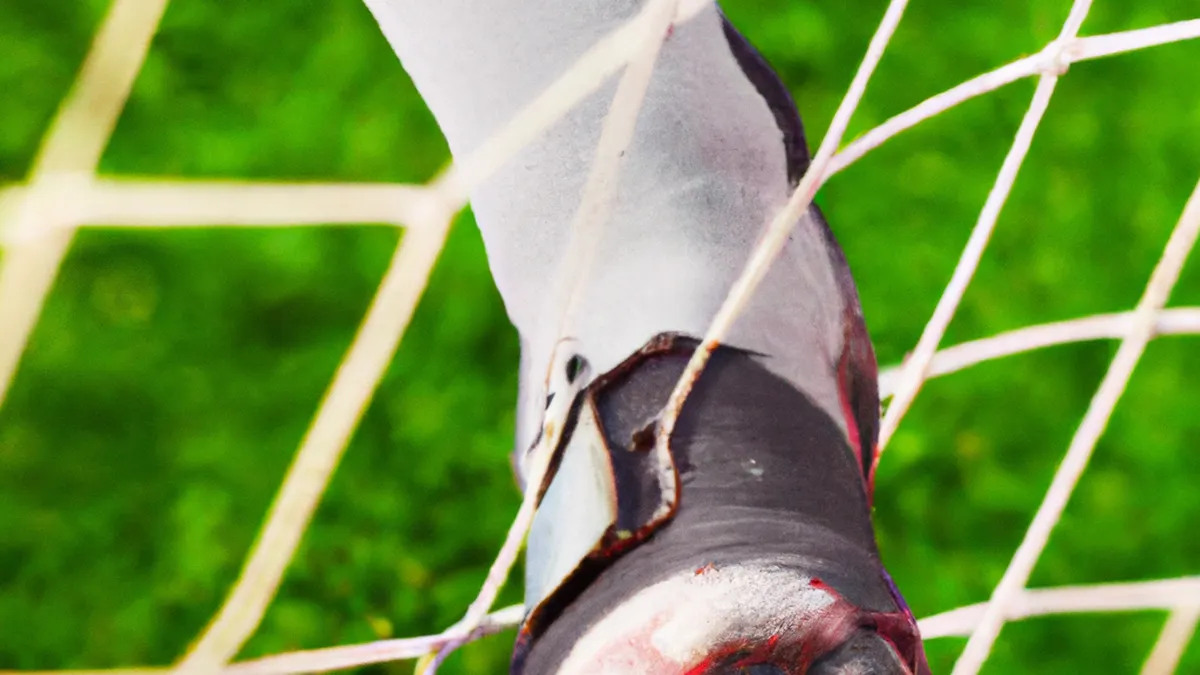Female-Specific Injuries: What to Know
Addressing Female Athletic InjuriesIn recent years, female athletes have broken records and shattered stereotypes in sports. However, they face unique challenges, especially injuries. Research shows that female athletes sustain injuries at different rates and types compared to male athletes. Understanding these differences helps prevent and address injuries, allowing women to perform optimally while reducing long-term damage risks.
Understanding Common Injuries
Female athletes often encounter specific injuries prevalent in their demographic. Knee injuries, especially anterior cruciate ligament (ACL) tears, pose significant concerns. Studies show women are up to eight times more likely to suffer ACL injuries than men, particularly in sports requiring sudden direction changes like soccer and basketball. Factors such as hormonal influences, anatomical differences, and training practices contribute to this increased susceptibility.In addition to ACL injuries, female athletes frequently experience ankle sprains and stress fractures. High-impact sports often cause ankle sprains, while overuse leads to stress fractures, especially in running and gymnastics. These injuries can sideline athletes for extended periods, affecting their physical health and emotional well-being.Moreover, agility and jumping-focused sports can cause overuse injuries like tendonitis and shin splints. Coaches, trainers, and athletes must understand these injuries to implement effective prevention strategies.
Factors Contributing to Injuries
Several factors contribute to high injury rates in female athletes. Hormonal fluctuations during the menstrual cycle can affect ligament laxity. Research indicates women may experience increased ligament laxity during certain cycle phases, raising injury risks during high-intensity activities.Anatomical differences play a significant role as well. Women generally have wider pelvises, influencing knee alignment and biomechanics. This alignment can increase stress on the knee joint during physical activities, making women more vulnerable to injuries. Additionally, differences in muscle mass and strength distribution affect how women respond to physical stress in sports.Training and conditioning practices often do not cater specifically to female athletes. Many regimens historically target male athletes, overlooking women’s unique physiological and biomechanical needs. Coaches and trainers must tailor effective injury prevention strategies for female athletes.
Prevention Strategies
Preventing injuries is crucial for female athletes, as it safeguards health and enhances performance and longevity. First, strength training serves as an essential component of any injury prevention program. Building strength in the core, hips, and legs significantly reduces injury risk. Stronger muscles provide better support for vulnerable joints, particularly knees.Incorporating flexibility training into routines is vital. Stretching exercises enhance range of motion.
Conclusion
As an Amazon Associate I earn from qualifying purchases.
Gear tip: consider basketball, soccer ball, and soccer cleats to support this topic.
In conclusion, understanding female athletic injuries and implementing effective prevention strategies supports athletes’ health and performance.
Below are related products based on this post:
FAQ
What are the most common injuries faced by female athletes?
Female athletes commonly experience knee injuries, particularly anterior cruciate ligament (ACL) tears, ankle sprains, and stress fractures. ACL injuries are notably prevalent, with women being up to eight times more likely to sustain them compared to men. Ankle sprains and stress fractures often arise from high-impact sports and overuse, respectively.
What factors contribute to the higher injury rates in female athletes?
Several factors contribute to the increased injury rates in female athletes, including hormonal fluctuations, anatomical differences, and inadequate training practices. Hormonal changes can affect ligament laxity, while anatomical features like wider pelvises can influence knee alignment. Additionally, training regimens often do not address the specific needs of female athletes.
How can female athletes prevent injuries?
Injury prevention for female athletes can be achieved through effective strategies such as strength training and flexibility exercises. Strengthening the core, hips, and legs can provide better support for vulnerable joints, particularly the knees. Incorporating flexibility training enhances range of motion, which is crucial for reducing injury risks during physical activities.















Post Comment